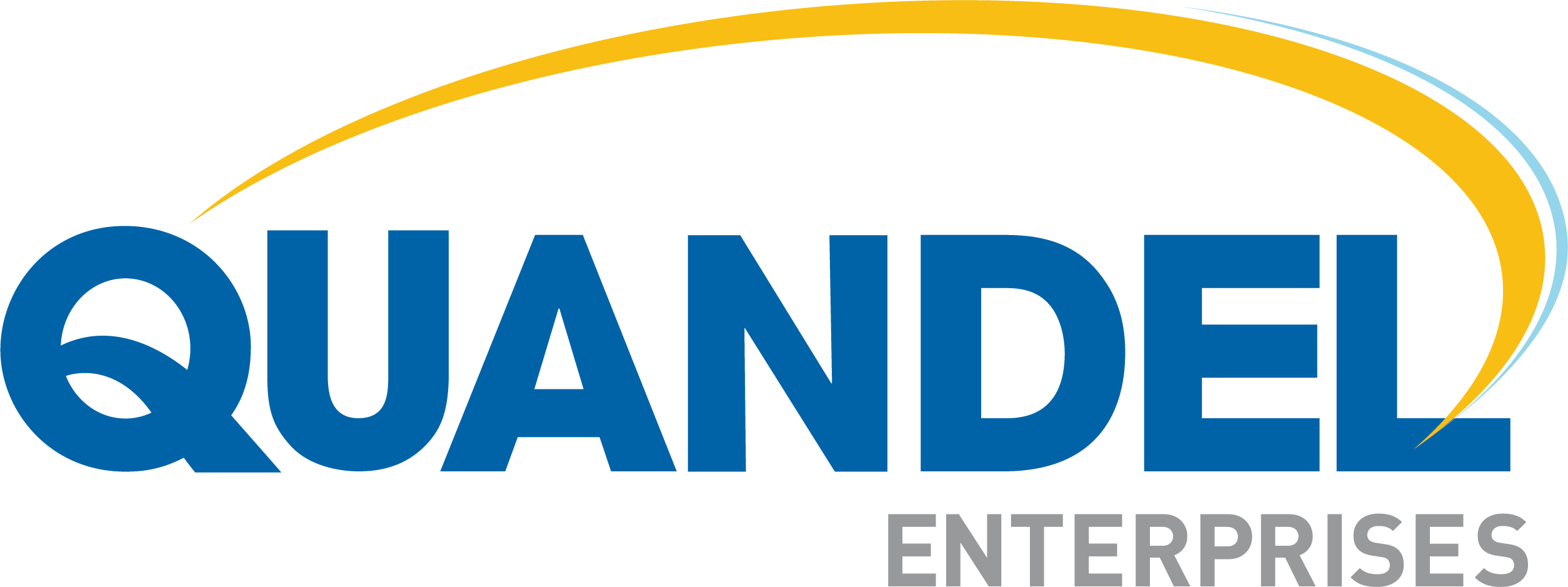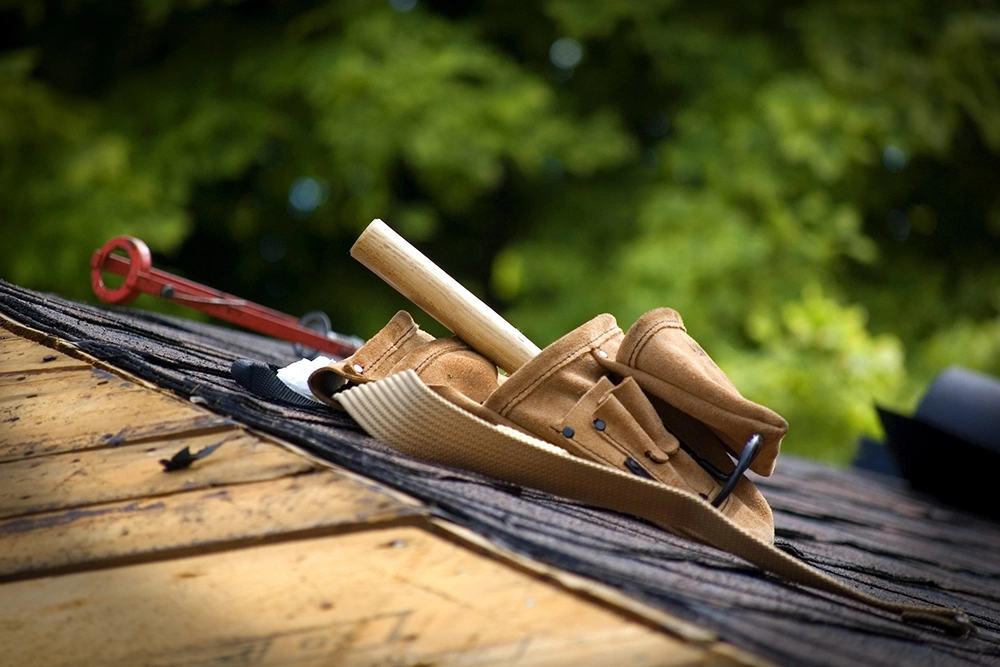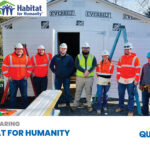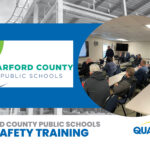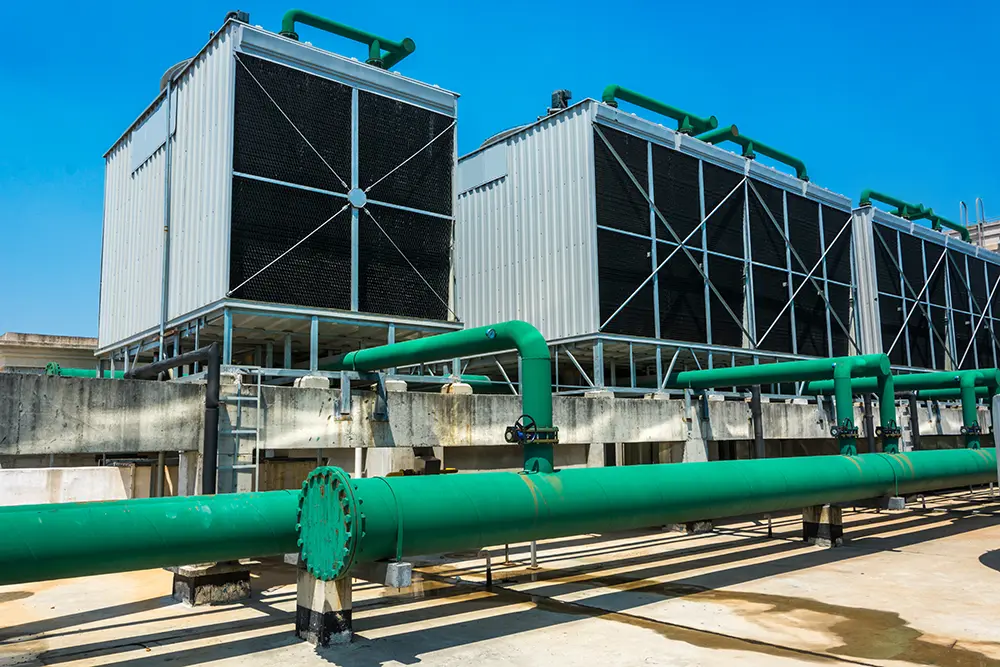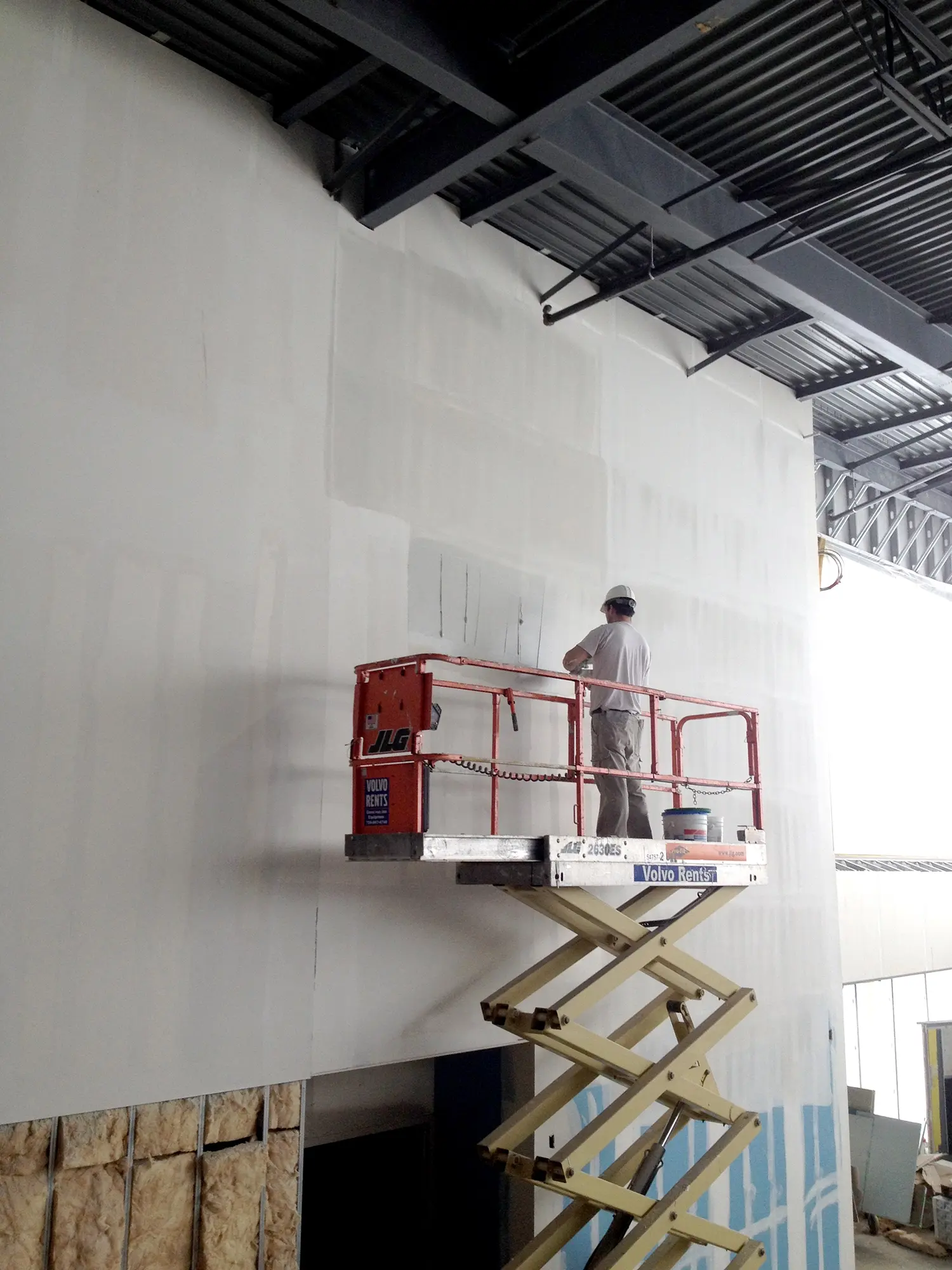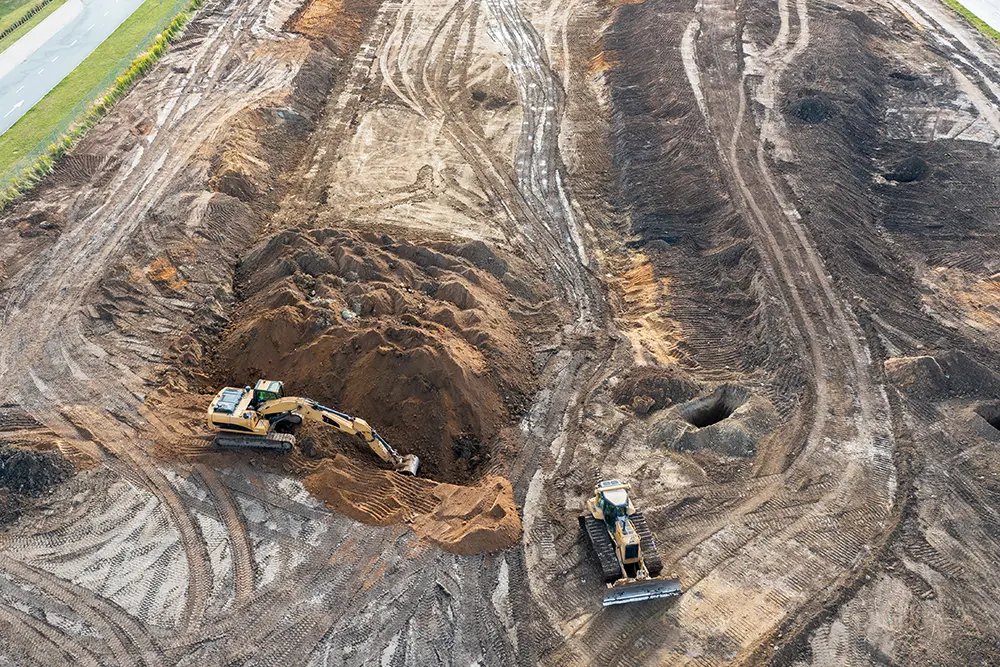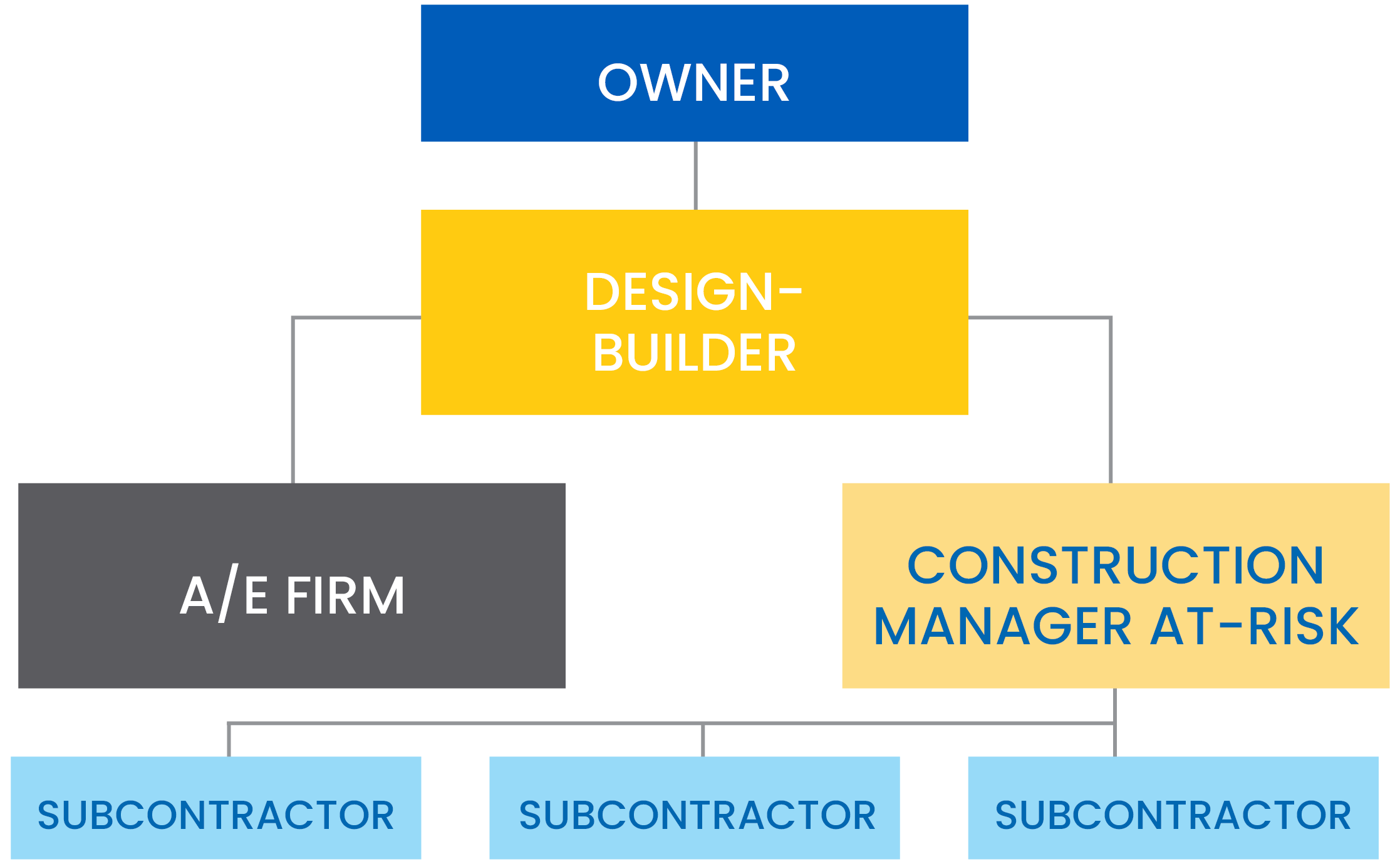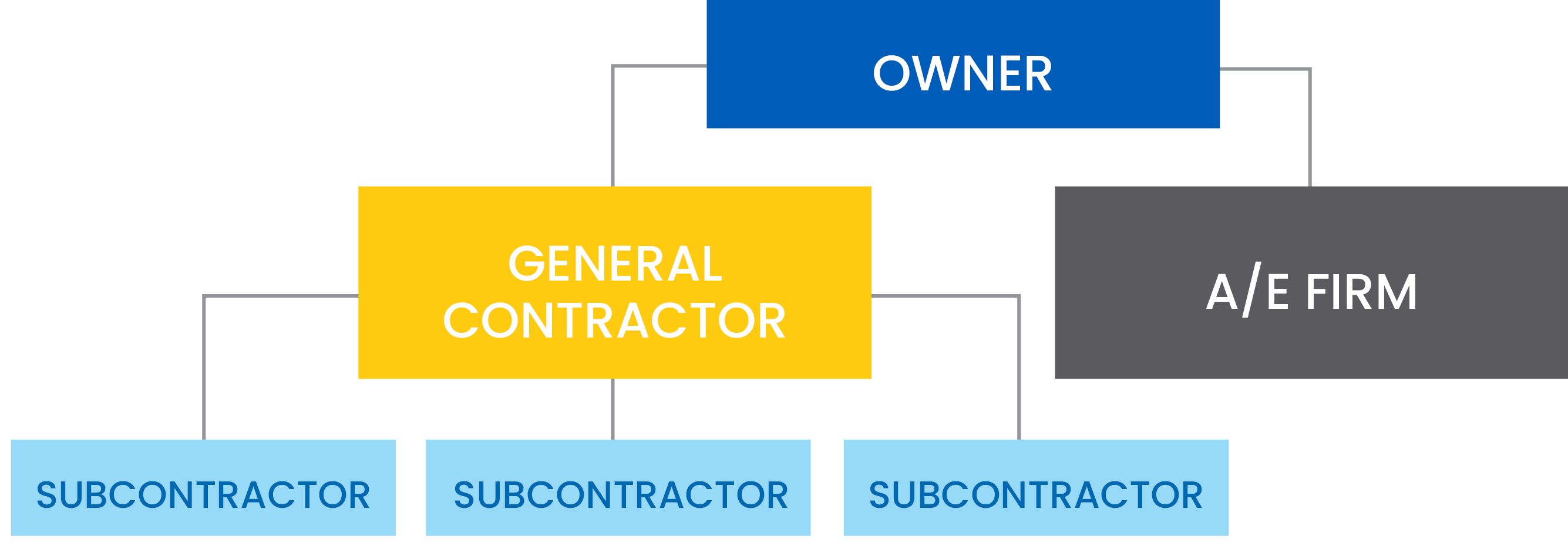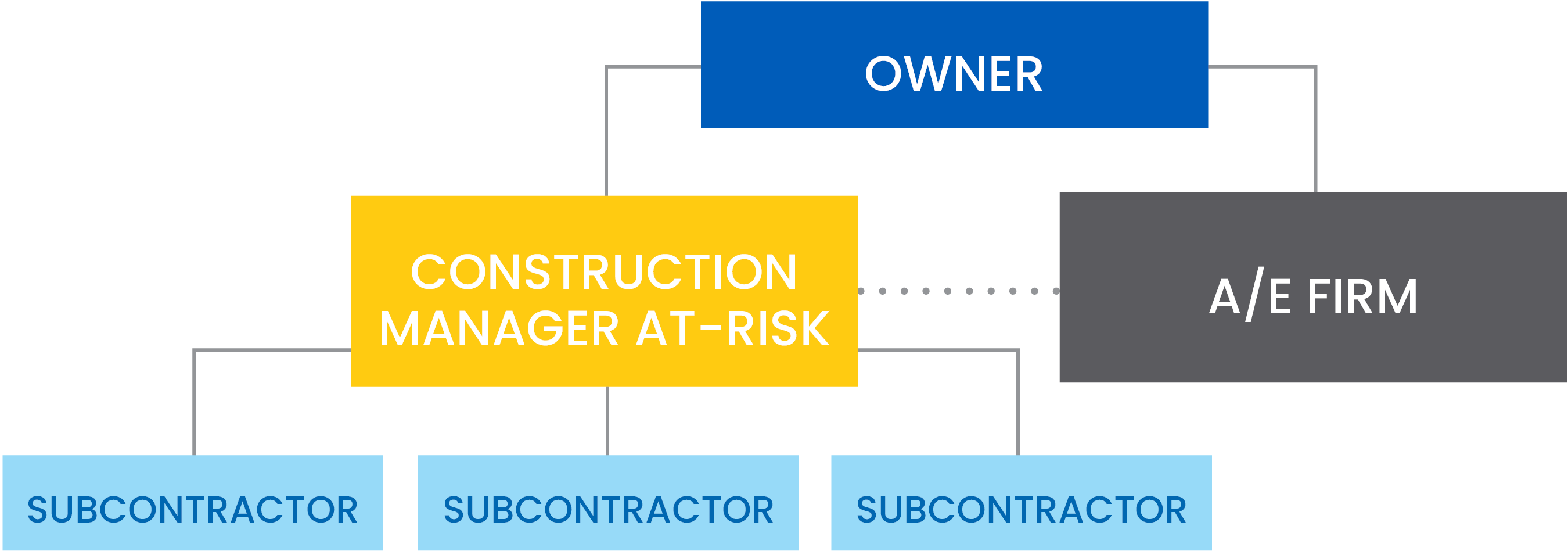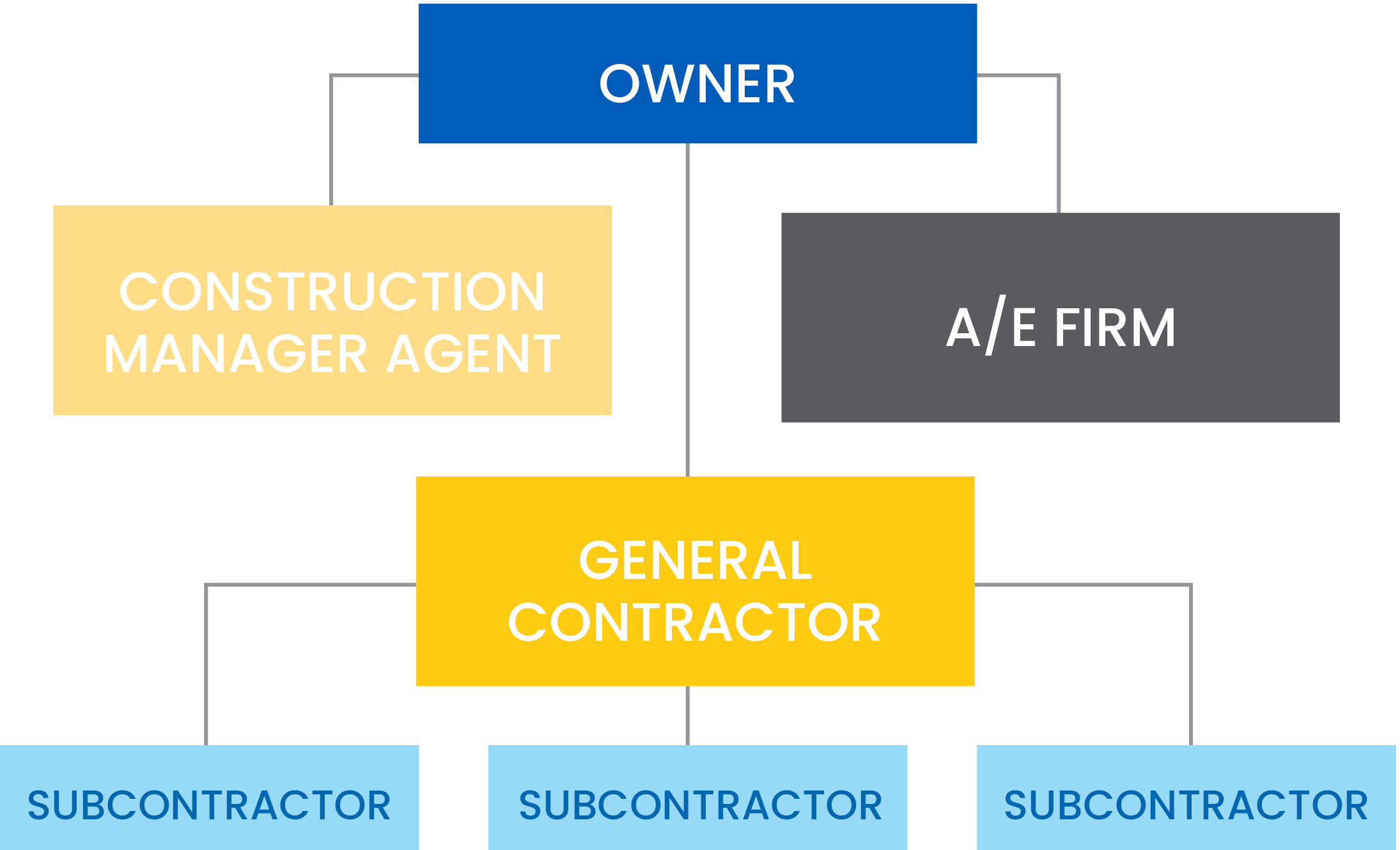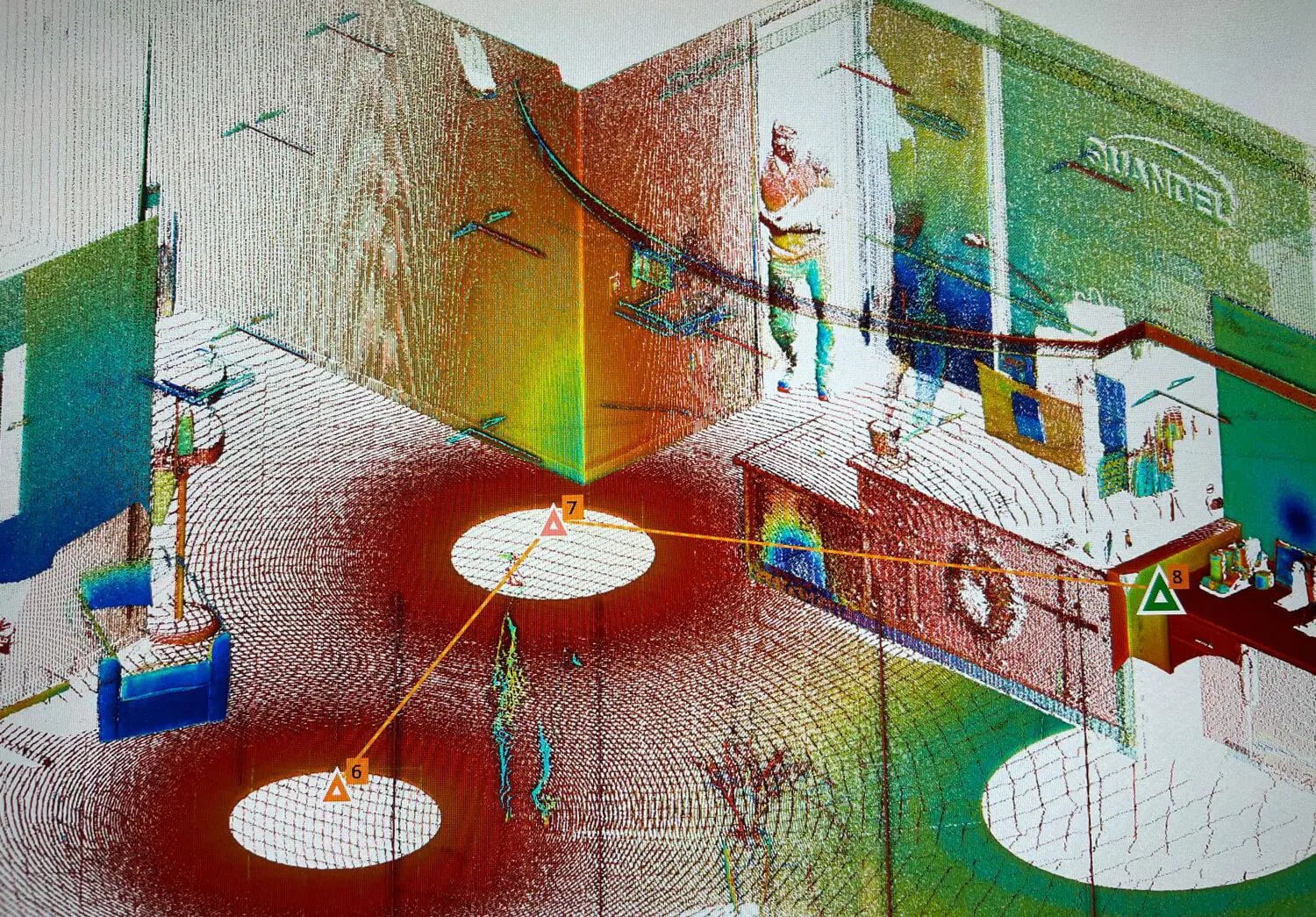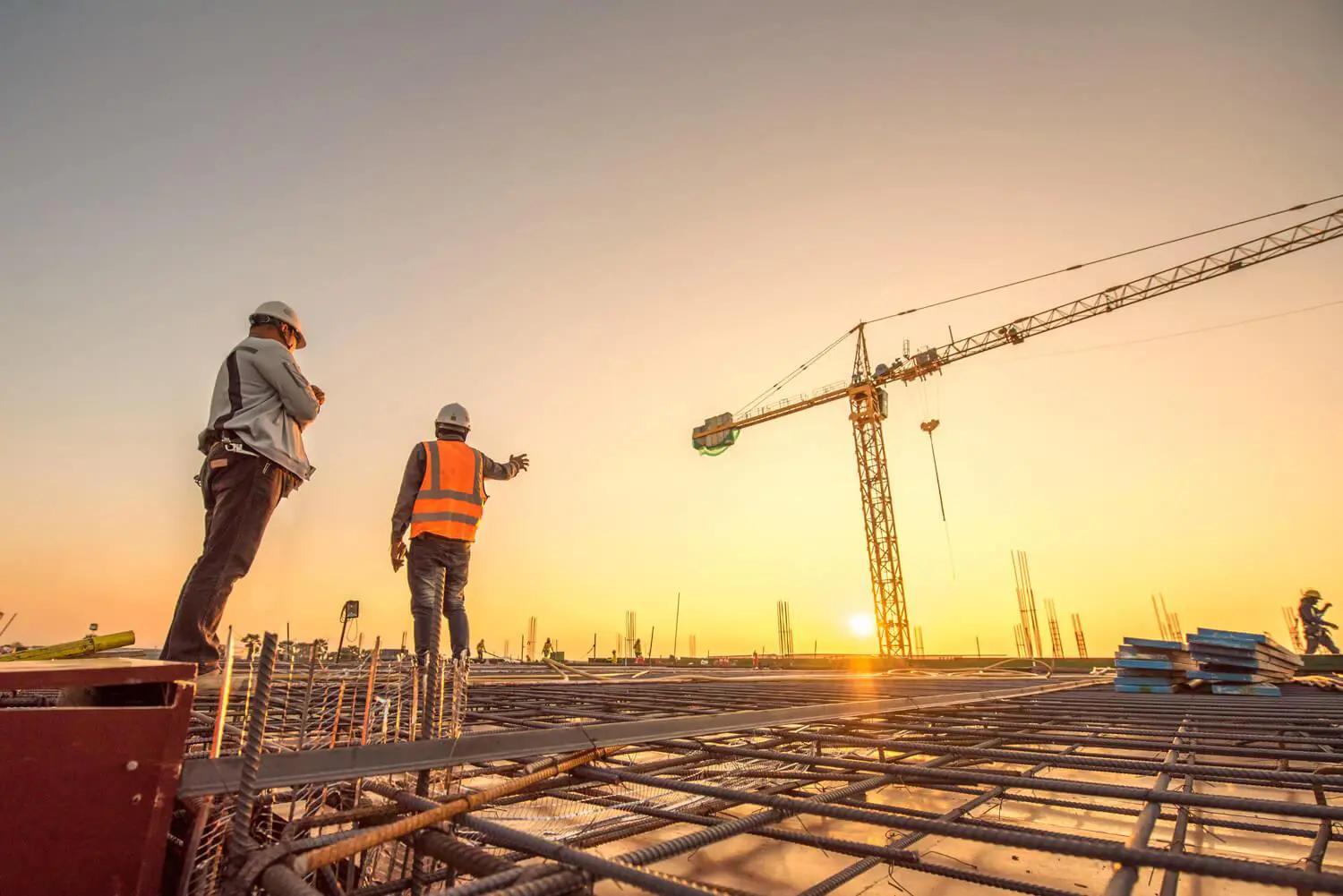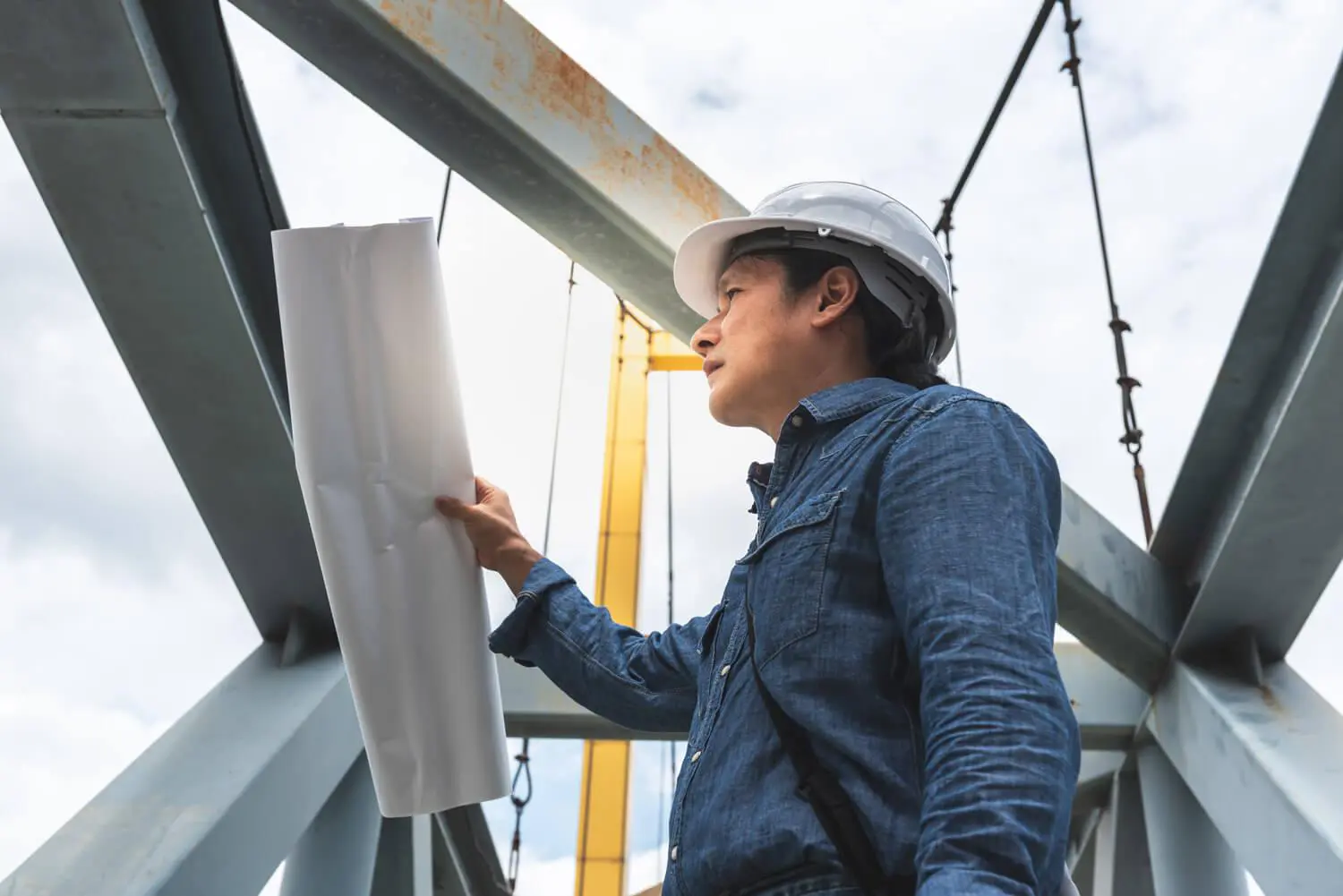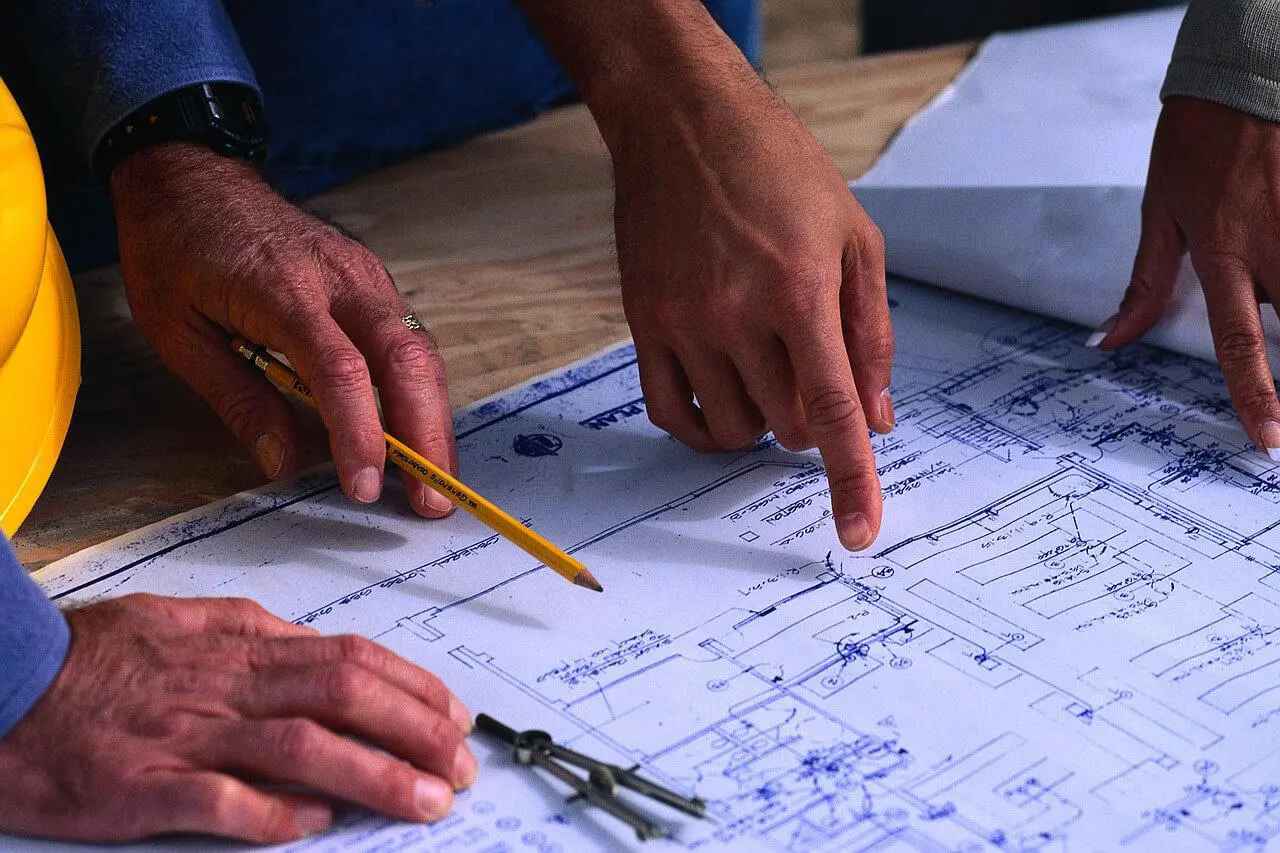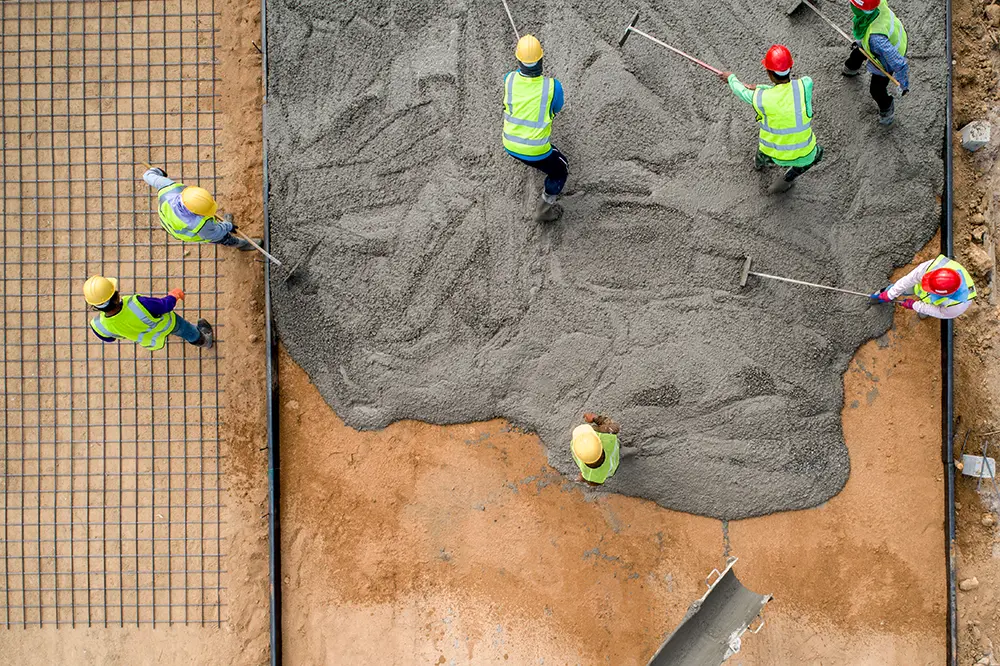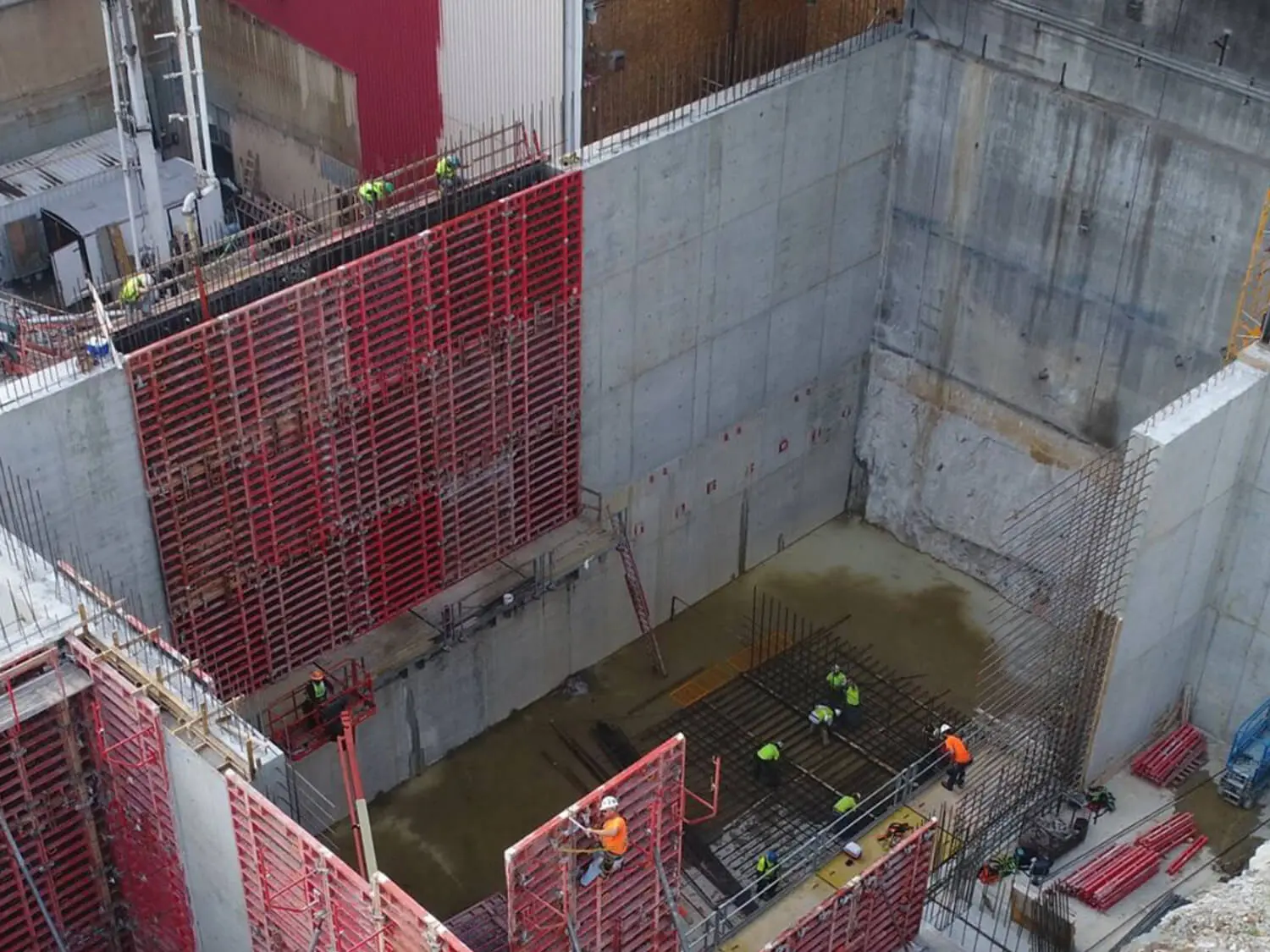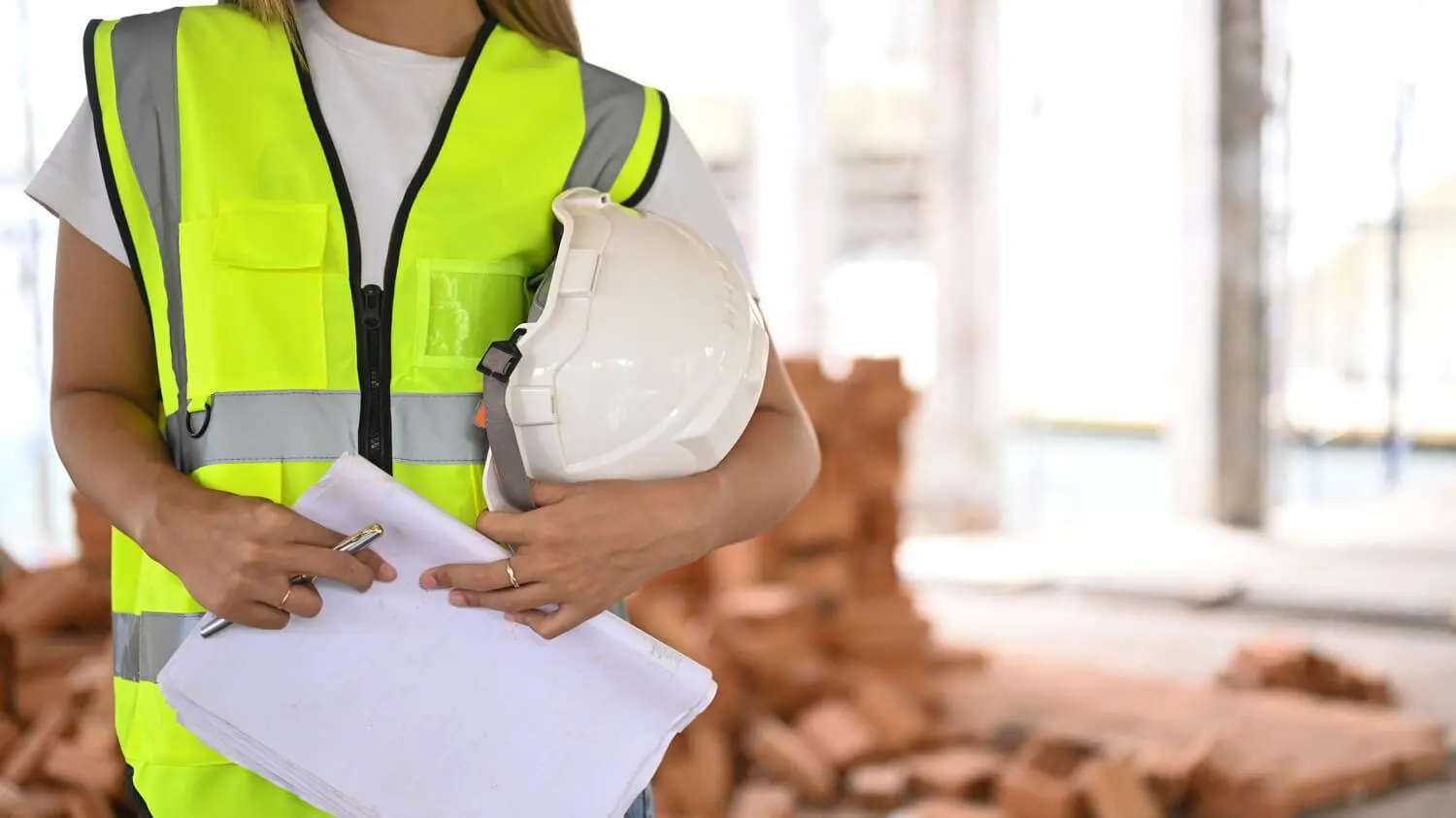Fall protection remains a critical issue in our industry, and understanding OSHA’s regulations is essential to keeping our workers safe.
A warning line system is a flagged line that surrounds the perimeter of a roof, alerting workers that they are approaching an unprotected edge. It is important to note that there is no “safe” distance from an unprotected edge that would render fall protection unnecessary, even if workers are working in the center of a roof.
WHERE CAN THEY BE USED
Warning lines can only be used on low-sloped roofs, which have a slope no greater than 4”:12” (vertical:horizontal). When conducting roofing work on a low-slope roof, warning lines can be used in conjunction with a guardrail system, a safety net system, a personal fall arrest system, or a safety monitor, set up no less than 6 feet from the unprotected edge. If mechanical equipment is being used, the warning line must be set up no less than 6 feet from the edge parallel to the direction the equipment is moving in and no less than 10 feet back from the edge perpendicular to the direction.
For non-roofing activities, a warning line system can be used if it meets the following criteria: the warning line is set up no less than 15 feet from the unprotected edge, in compliance with OSHA regulations, and no work is taking place outside of the warning line. Additionally, the employer must have an effective policy that prohibits employees from going past the warning line.
HOW SHOULD THEY BE SET UP
A properly assembled warning line system should fully enclose the workers inside, made from rope, wire, or chain, with high-visibility flags provided at 6-foot intervals along the line. The height of the line from the roof surface at its lowest point (including sag) is no lower than 34 inches, and the maximum height is no more than 39 inches from the roof surface. It should be strong enough that it won’t tip if 16 pounds of force are applied to the line or stanchions. The line should be attached to the stanchions in such a way that pulling on one section doesn’t take up slack in other sections.
Access and egress are also crucial to workers’ safety. If roof access is only available outside the warning line, an access path should be created out of warning lines to guide workers safely to the working area. Once inside the warning line system, a means of closing off the access path where it joins the warning line system should be in place.
Maintaining warning line systems is critical to their effectiveness. Lines must be regularly inspected and maintained, and any damaged or worn components are replaced immediately.
PLAN. PROVIDE. TRAIN
Warning lines in roofing are a vital tool in our efforts to prevent falls on the job site. By understanding and complying with OSHA regulations, we can keep our workers safe and maintain a productive work environment.

